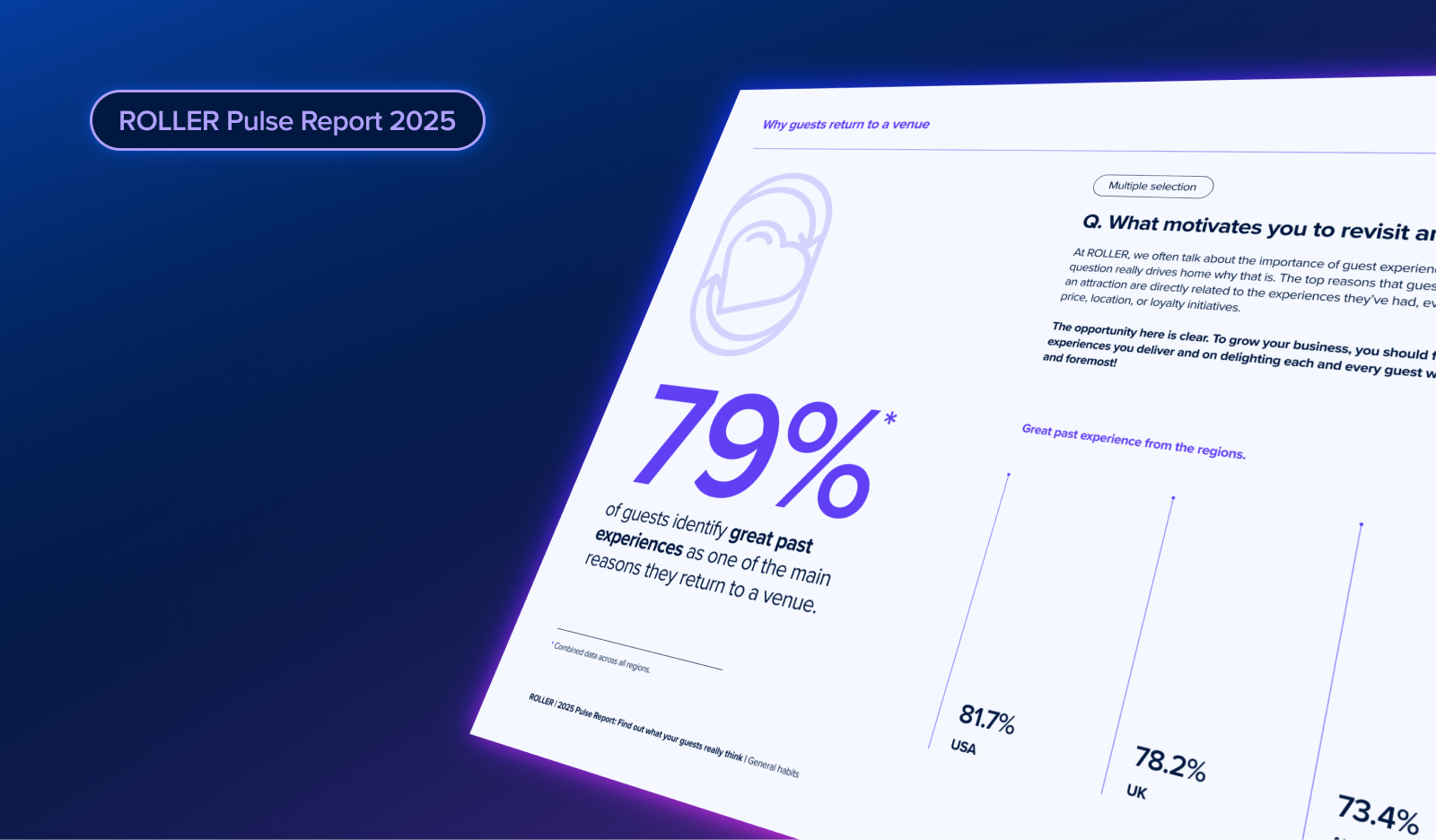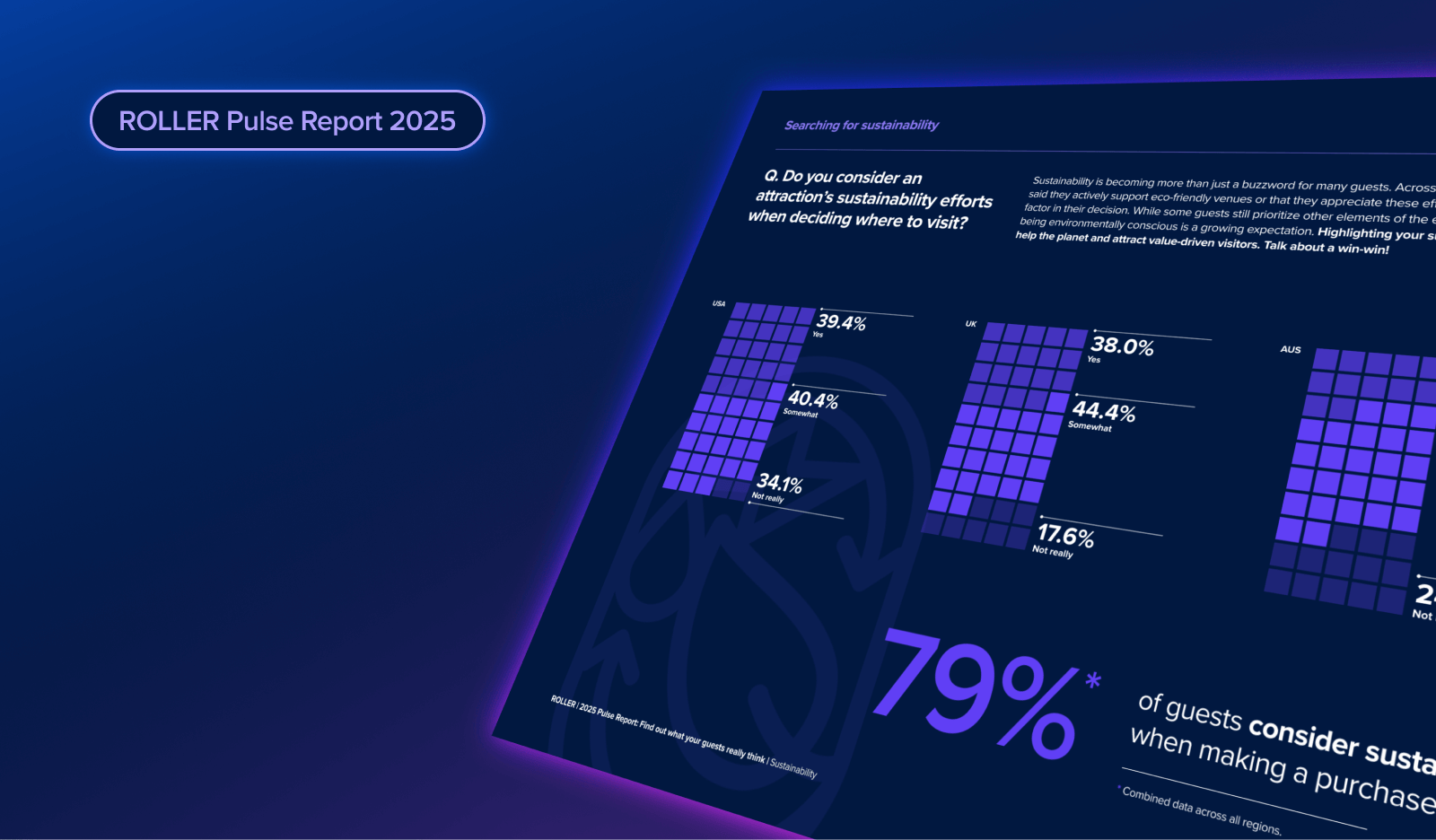Are you addressing these friction points in your guest experience?

Friction can kill your guest experience. While you are challenged regularly to continue improving the experience by adding elements of service to your operation, you should be just as focused on finding and eliminating friction points that slow guests down, put frustrating roadblocks in their journey, and ultimately stop you from doing what you do best: deliver superior experiences that create lasting memories for those you serve.
Friction comes in all shapes and sizes, and can occur at every stage of the guest journey. The process is also never complete, as new technology or enhancements to your business can bring on a host of new potential friction points that impede the experience. This article breaks down the guest journey into its three core components: pre-arrival, duration, and post-visit, and shares some of the common friction points that should be top of mind for you and your team as you seek to make improvements to your business continually.
Pre-Arrival
Guests are considering a visit to your venue and are in the anticipatory planning phase.
- Your website is clunky, disorganized, and does not capture attention quickly
- The information on your website is either unclear, incorrect, or out of date
- Your marketing copy includes too much text and not enough photos and videos
- The ideal guest demographic is unclear, not defined, or not aligned with the experience
- Your message does not align with the experience that you provide
- Your pricing does not reflect the value of the experience
- Your packaging and pricing are not intuitive
- It takes too many clicks to transact
- Guests are not made aware of any policies and procedures required for visiting
Duration
You’ve now gained their business and plan for the guests’ visit onsite.
- Guests who book in advance are not rewarded with expedited entry
- Self-service options are not available for guests who are more autonomous
- Not enough of the required components of entry are completed in advance
- The arrival process involves extended queuing and a complex check-in
- Policies and procedures that guests agree to are not adequately enforced by all staff
- Information that helps guests with their day is not easy to locate, such as hours or locations of restrooms or food & beverage
- Staff members wait for guests to approach them instead of proactively offering assistance
- The departure process is unceremonious, rather than creating a favorable lasting impression
Post-Visit
The guest experience does not end when the visit is over and must be extended as they reflect on the experience they had while visiting you.
- Guests are not automatically prompted for feedback regarding their visit
- Online reviews and social media are the primary platforms where you gain feedback
- Guests who are satisfied and deemed as promoters are not naturally offered to become members or annual passholders
- Satisfied guests are not asked to post a review online
- There is no process in place to recover from service failures for guests who are dissatisfied or deemed as detractors
- Dissatisfied guests use online reviews as ways to share their feedback, thus damaging your reputation
- There is no process in place to aggregate, measure, and benchmark guest feedback so that improvements can be made to the business
- There is little or no communication to guests after their visit to keep them engaged
This list is by no means exhaustive and is presented from a general perspective. As you review these items and relate them to your own business, it may spark additional friction points that you must address in order to create a more seamless guest experience. The more you focus on removing friction, the easier it becomes to accelerate guest satisfaction.
Related articles

.png)
What the 2025 Pulse Report Reveals About Guest Booking Behavior at Attractions

2025 Pulse Report: How Sustainability Is Shaping Guest Expectations
Enhance your guest experience
Get free education, tips and inspiration to help you run a successful venue.